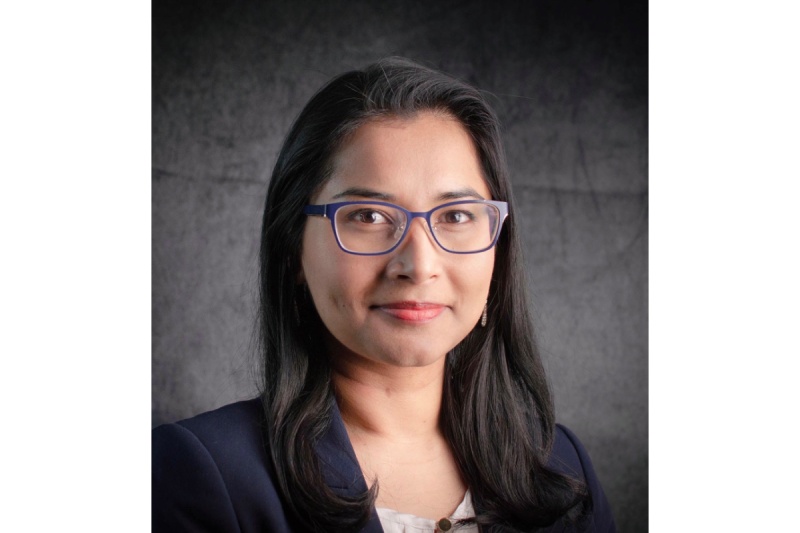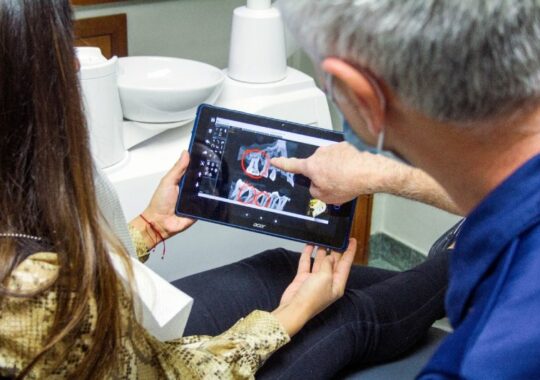The surgical technique of tracheostomy has gone through an evolution since its introduction over 400 years ago.
The procedure, which creates an opening in the neck to place a tube into a person’s windpipe, is a critical life-saving intervention for patients with severe airway obstruction or respiratory failure.
The history of tracheostomy dates back to the 16th century. The Italian physician, Antonio Musa Brasavola, performed a successful tracheotomy on a patient suffering from obstruction of the tonsils in 1546.
But its modern form has evolved significantly, especially in the past few decades. Early tracheostomies were often last-resort measures, fraught with complications and high mortality rates. Today, thanks to technological advancements and improved surgical techniques, tracheostomies are much safer, with success rates that would have been unimaginable in the past.
Dr Ramya Bharathi, who is a Resident Physician in the Department of Otolaryngology at Tufts Medical Center, says the decision to perform a tracheostomy is never taken lightly: “It’s considered in cases where patients need long-term ventilation support, have obstructions in the upper airway, or suffer from conditions like chronic lung disease and neurological disorders that affect breathing.”
She says the primary goal is always to ensure the patient’s airway remains open and functional, and performing a tracheostomy requires precision and care: “The procedure involves making an incision in the neck and opening the trachea to insert a tube, which allows air to enter the lungs, bypassing the nose and mouth.”
Dr Bharathi adds: “The greatest challenge is minimizing risks, such as bleeding, infection, and damage to surrounding structures.”
In recent years, there has been a transformation in how we perform tracheostomies. Percutaneous techniques, guided by real-time imaging, either with an ultrasound or using an endoscope, have made the procedure less invasive and reduced complication rates.
Dr Bharathi adds: “We’ve also seen advances in tracheostomy tubes, with custom designs and materials that enhance patient comfort and reduce the risk of long-term complications.”
However, a significant part of Dr Bharathi’s work involves patient and family education: “They must understand the procedure; the care required post-surgery, and the implications for daily life,” she says.
“Educating patients and caregivers on how to care for the tracheostomy, including cleaning and changing the tube, is vital for preventing complications.”
Managing a patient with a tracheostomy is a team effort. It involves ENT specialists, respiratory therapists, nurses, speech therapists, and sometimes nutritionists.
This collaborative approach ensures comprehensive care, from the surgical procedure to rehabilitation and eventual decannulation.
Dr Bharathi says: “One of the most challenging aspects of a tracheostomy is helping patients adapt to the changes in their breathing, speaking, and swallowing. Rehabilitation plays a crucial role in this journey.”
She adds: “As an ENT surgeon, I work closely with speech and language therapists to help patients regain their ability to speak and swallow.
“The joy of seeing a patient speak again after a successful tracheostomy is indescribable.”
Looking towards the future, Dr Bharathi says she is excited about the possibilities in tracheostomy care.
Research is ongoing in areas like bioengineered tracheal replacements and advanced materials for tracheostomy tubes, aiming to improve patient outcomes and reduce complications further.
She adds: “Tracheostomy is more than just a surgical procedure; it’s a life-altering intervention that epitomizes the delicate balance between technological advancement and compassionate patient care.”
It is no surprise, and justfied, Dr Bharathi is filled with a sense of pride and responsibility for her role in safeguarding patients airway health and function.
The evolution of tracheostomy procedures is a testament to the relentless pursuit of medical excellence and a brighter future for patients facing airway challenges.
Dr Bharathi concludes: “I have been privileged to witness the profound impact that tracheostomy can have on a patient’s life. It’s a procedure that saves lives and enhances the quality of life for many individuals.”
About Dr Ramya Bharathi
Dr Ramya Bharathi, currently serving as a Resident Physician in the Department of Otolaryngology at Tufts Medical Center, Boston, MA, is a rising star in the field of otolaryngology. Under the mentorship of Program Director and Associate Program Director, Kathryn Noonan, MD., and Andrew Scott, MD., she has been honing her skills and contributing significantly to the department since 2019.
Dr Bharathi’s academic journey is as impressive as her professional one. She obtained her Doctor of Medicine from Saint Louis University School of Medicine, graduating with Distinction in Research.
Her foundational education was at the College of New Rochelle, New York, where she completed her Bachelor of Science with Honors and Magna Cum Laude distinction. These achievements set the stage for a career marked by academic excellence and clinical prowess.
Her accolades include prestigious awards like the Medtronic Sinus Dissection Course Grant from Tufts Medical Center and the Triological Society Travel Award, affirming her dedication and expertise in her speciality. Dr Bharathi’s work has been recognized with the Distinction in Research Award and the Gorowny O. Broun Award in Internal Medicine at Saint Louis University School of Medicine, among other honors.
Dr Bharathi’s research contributions are substantial, with multiple peer-reviewed publications in notable journals. Her work spans various aspects of otolaryngology, showcasing her comprehensive knowledge and innovative approach to the field. Additionally, she has been a dynamic participant in the academic community, presenting her findings in numerous conferences and seminars.
In her role as a Resident Physician, Dr. Bharathi is committed to patient care and advancing the field of otolaryngology through research and education.
Her memberships in professional societies like the Massachusetts Society of Otolaryngology, the American Academy of Otolaryngology–Head and Neck Surgery, and the American Academy of Facial Plastics and Reconstructive Surgery demonstrate her engagement with the broader medical community.





